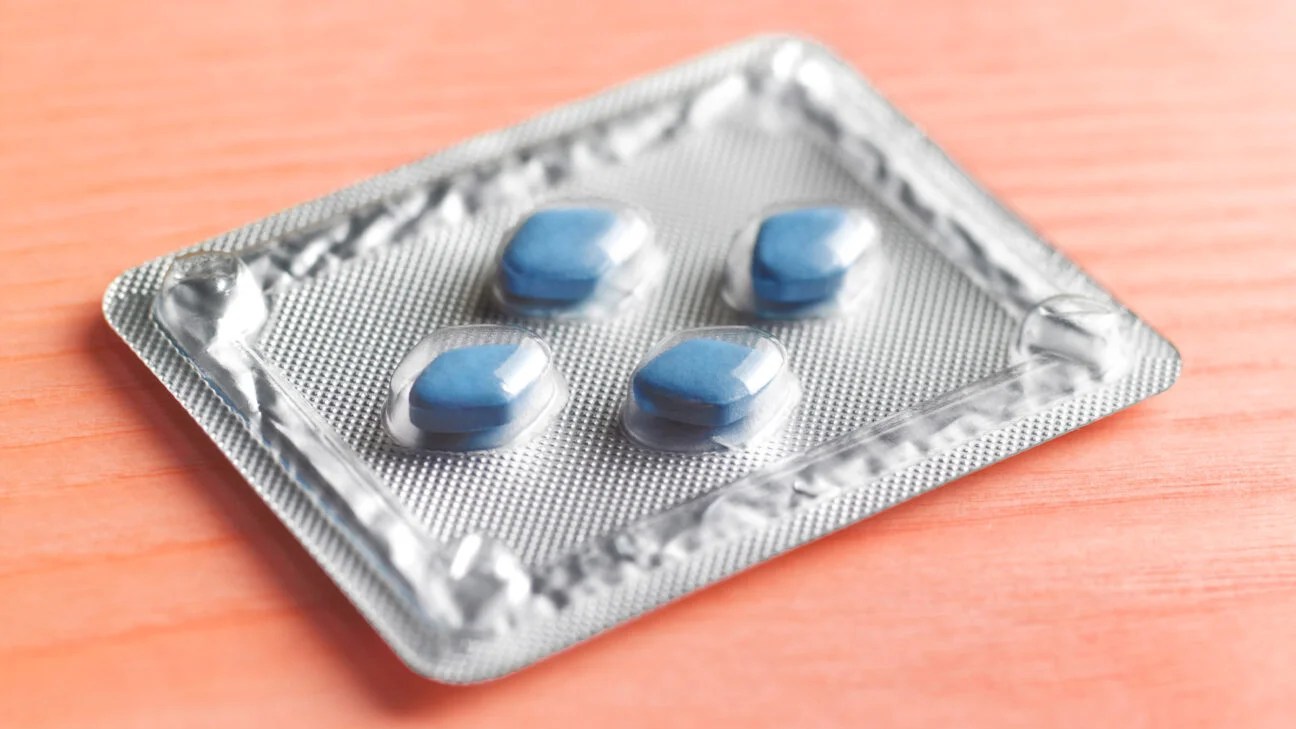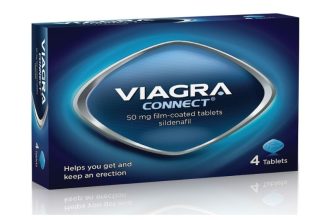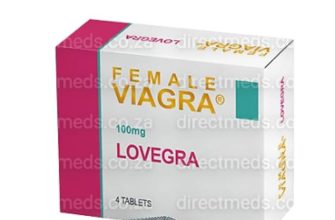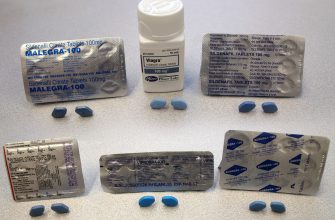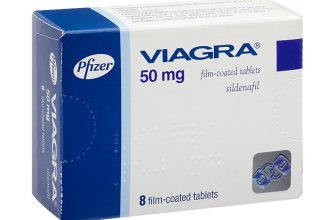Let’s address the claim directly: No, there’s no evidence suggesting widespread pharmaceutical contamination of our water supplies with Viagra or similar drugs. This assertion often circulates online, fueled by misunderstandings of environmental science and endocrine disruption.
Studies on pharmaceutical residues in water focus primarily on antibiotics and hormones due to their potential impact on aquatic life and human health. While trace amounts of various pharmaceuticals, including Viagra’s active ingredient sildenafil, might be detected in wastewater treatment plant effluents, concentrations are significantly diluted by the time they reach drinking water sources. Regulatory agencies employ rigorous testing and treatment processes to mitigate risks.
However, the presence of any pharmaceutical residue warrants continued monitoring and improvements in wastewater treatment. Research into the long-term effects of low-level exposure to pharmaceuticals is ongoing. For reliable information on water quality and safety, consult your local water authority or the Environmental Protection Agency (EPA).
Misinformation spreads rapidly. Critically evaluate sources before accepting claims about water contamination. Focus on peer-reviewed studies and official reports rather than unsubstantiated online posts. Understanding the scientific methodology behind these studies is key to separating fact from fiction.
The “Viagra in the Water” Myth: Debunking Endocrine Disruptors in Our Environment
The idea of Viagra in our water supply is a dramatic oversimplification. While pharmaceuticals, including some that affect hormones, do enter our waterways through wastewater, the concentrations are far too low to have the effects depicted in the myth. The real concern lies with endocrine-disrupting chemicals (EDCs).
Understanding Endocrine Disruptors
EDCs mimic or interfere with our body’s natural hormones, potentially causing developmental problems, reproductive issues, and increased cancer risk. Unlike Viagra, EDCs aren’t single substances with one targeted effect. Instead, they’re a diverse group including pesticides (like DDT), industrial chemicals (like PCBs), and plastics’ breakdown products (like BPA). Studies show measurable levels of many EDCs in human bodies and wildlife.
Sources and Solutions
These chemicals enter the environment through various routes: agricultural runoff, industrial discharge, and improper waste disposal. Improved wastewater treatment is crucial for reducing pharmaceutical and EDC presence in water. However, reducing our reliance on these chemicals at the source is equally vital. We can support policies promoting sustainable agriculture, better industrial practices, and safer alternatives to harmful chemicals. Individual actions like proper disposal of medications and choosing products free of known EDCs can make a difference too. Further research into the long-term impacts of low-level EDC exposure is necessary for better informed policy and individual choices.
Addressing the Real Concerns: Environmental Impact of Pharmaceuticals and Personal Health
Reduce your pharmaceutical waste responsibly. Properly dispose of unused or expired medications through designated drop-off locations; never flush them down the toilet or sink. This prevents pharmaceuticals from entering waterways.
Studies show that even trace amounts of pharmaceuticals in water sources can disrupt aquatic ecosystems. For example, research published in *Science of the Total Environment* in 2023 documented the impact of common antidepressants on fish behavior. These disruptions can affect entire food webs.
Choose medications carefully, consulting with your doctor to explore alternative treatments or lower dosages when appropriate. Lower consumption directly reduces the amount of pharmaceuticals entering the environment.
Support stricter regulations on pharmaceutical manufacturing and disposal. Advocate for policies requiring companies to minimize waste and invest in better wastewater treatment technologies. Contact your elected officials to express your concern.
Increased public awareness is key. Educate yourself and others about the environmental impact of pharmaceuticals. Sharing this information helps create a collective responsibility for protecting our water resources and personal health.
Support research into bioremediation techniques and the development of more environmentally friendly pharmaceuticals. Scientific innovation provides crucial solutions to this complex problem.
Pharmaceutical companies should invest in closed-loop manufacturing systems to minimize waste. This proactive approach minimizes environmental contamination and strengthens corporate social responsibility.

